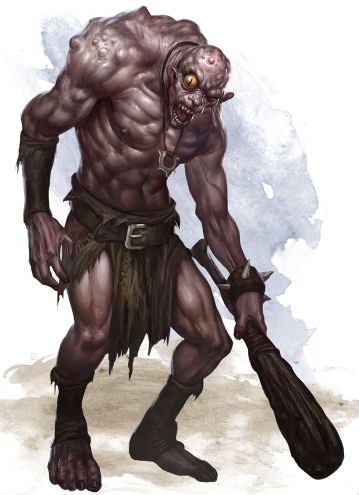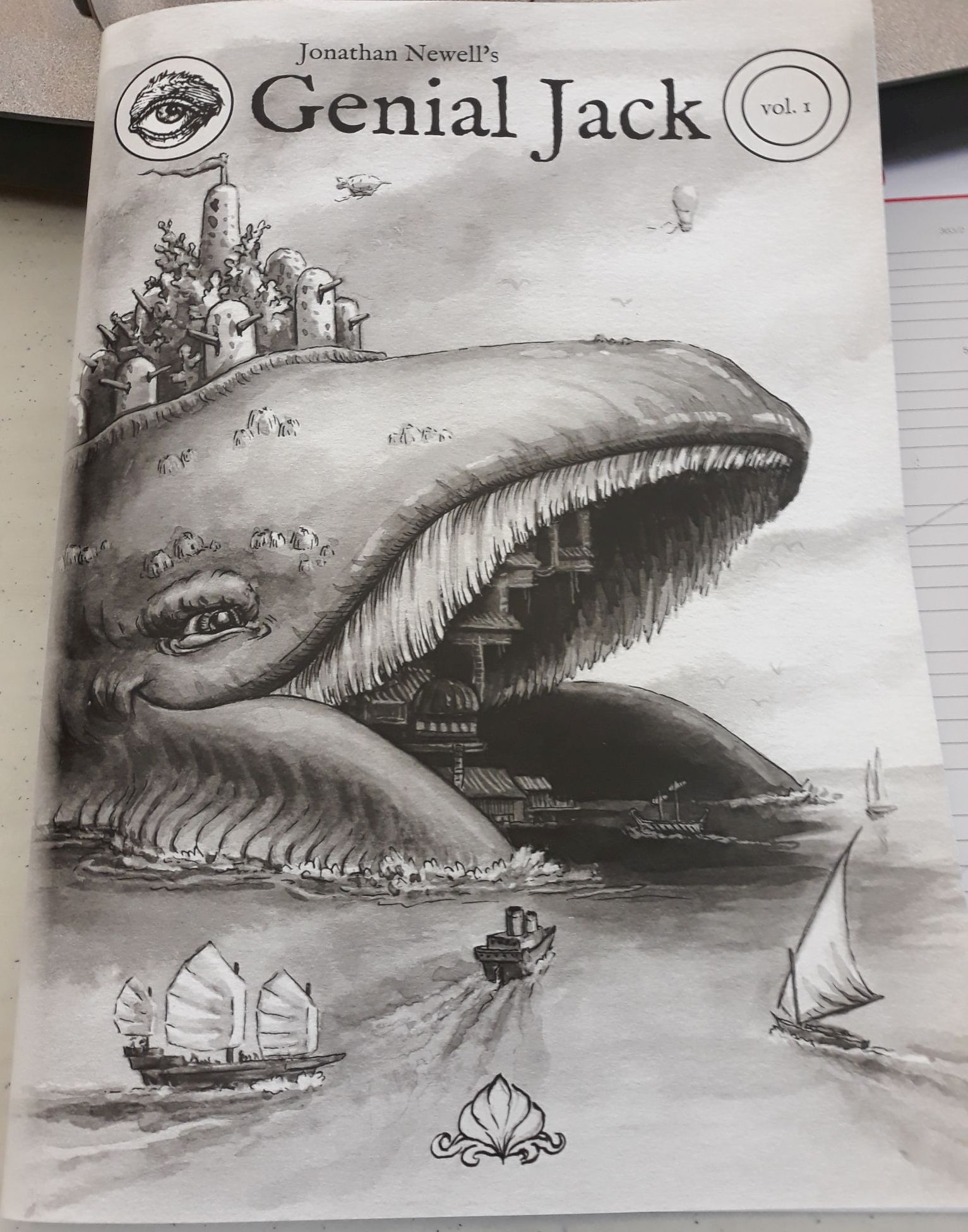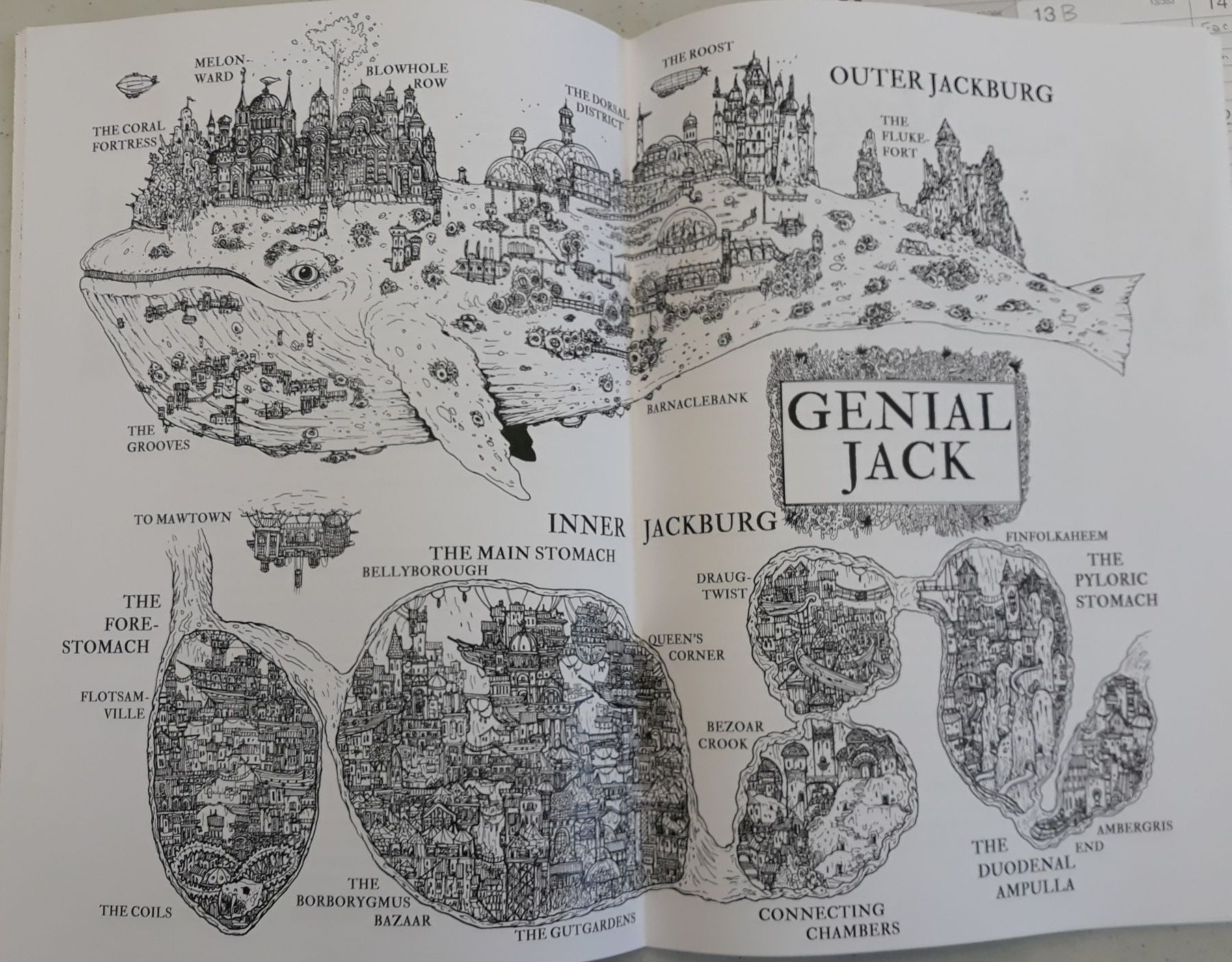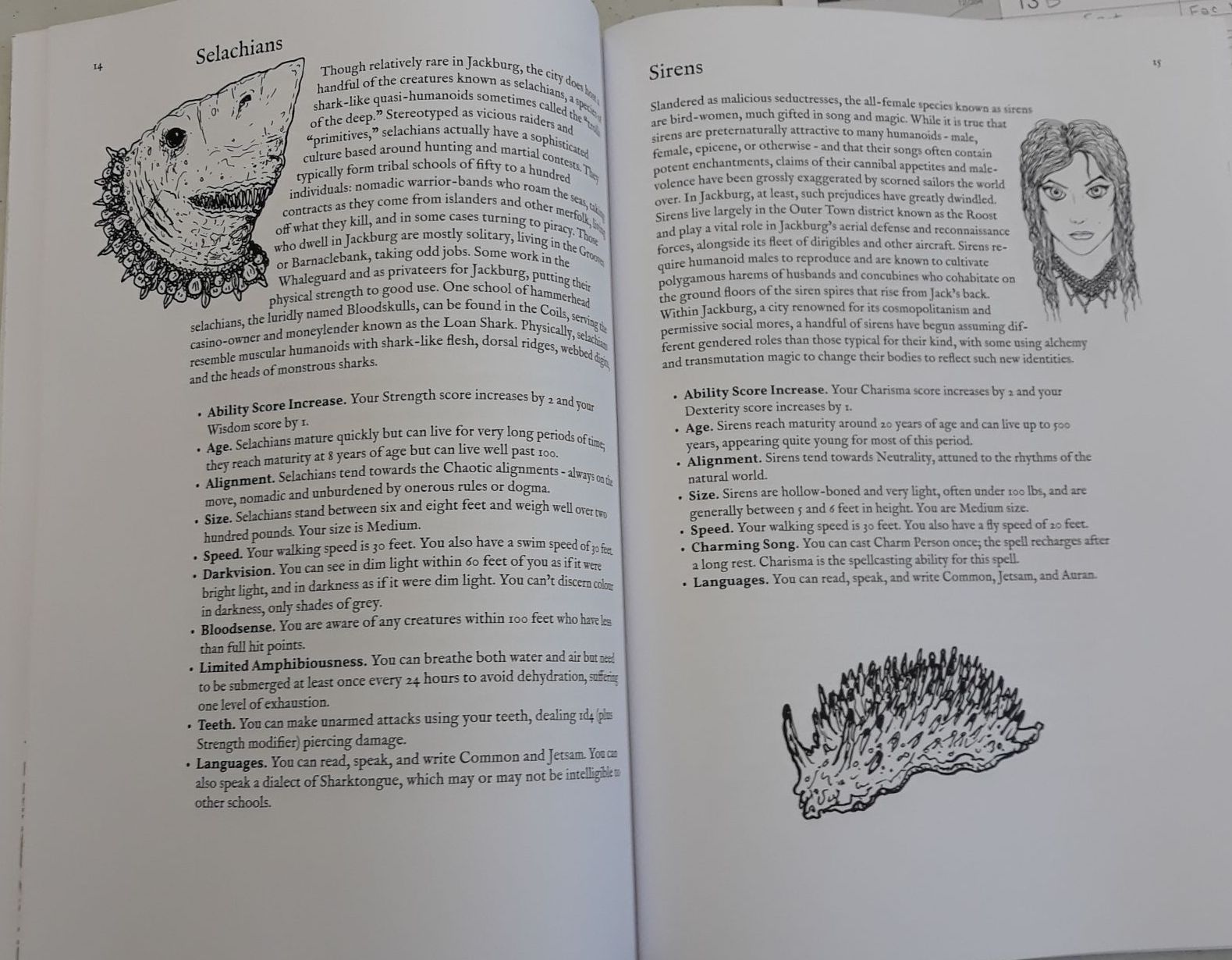CollaboDungeons & Fomorians
Matt Jackson, gamer/mapper icon, recently posted CollaboDungeon 01 on his site. As Matt explains, “An idea that came to me while walking my pooches just now. A dungeon and collaboration between all of us to to make something, just for fun. The CollaboDungeon! I post a new map, you blokes and I turn it into an adventure.” Since I’ve turned one of Matt’s maps into an adventure before, I figured why not? Also, I needed something to run for my middle-school gamers at this week’s Ludi Fabularum meeting, so Matt’s map became a stone, and I killed two birds with it.
The result? The Barnacle Barrow of Blunderbuss Crain, a Dungeon World adventure set on Jonathan Newell’s wonder-full Genial Jack from Lost Pages . (Nota Bene: That second link in this paragraph is an affiliate link. If you use it to purchase the PDF, then I got a few coppers. The third link is for the store that sells copies from the first print run. The first link lets you glom the adventure via Google drive.)
When I cobbled together my brief review of Genial Jack, I noted that none of the new races introduced in the book have subraces. To quote me, “Oddly, none of the races have subraces. …. [This] seems a blank space that begs the application of creativity by the players and DM.” Permit me to muse about how subraces might be presented for one of the groups residing in Jackburg.

My choice? The Fomorians. Another quote, this time from Genial Jack: “The giants know as the Fomorians were banished from Faerie by Queen Mab after their leader, King Balor, sought to depose her.” These outcasts went off and conquered an island, which later got earthquaked and deluged, vanishing beneath the waves. Genial Jack literally took in the survivors, and they’ve been part of Jackburg ever since.
Since the book itself establishes that there are two types of Fomorians, it seems most sensible that those become subraces. If I make up a Fomorian PC, I choose between Fair Fomorian or Foul Fomorian. Reading the Fomorian traits presented in the book, I start to see a way they can be retooled gently between “core” traits and subrace traits. Ergo:
Fomorian Traits
Ability Score Increase. Your Strength score increases by 2.
Age. Fomorians age slowly, reaching adulthood around 25 years of age. They can live indefinitely, with some being thousands of years old.
Alignment. Fomorians retain a tendency toward Chaos from their former ruler, the mischievous Queen Mab.
Size. Fomorians vary in height widely, but all adults are over 10 feet high. You are Large in size.
Speed. Your walking speed is 40 feet.
Tool Proficiency. You gain proficiency with your choice of smith’s, brewer’s, or mason’s tools.
Languages. You can read, speak, and write Common and Jetsam, as well as a dialect of Giant.
Fair Fomorian
You appear very much like a human, but of prodigious size. As a Fair Fomorian, you may be considered comely to human eyes.
Ability Score Increase. Your Charisma score increases by 1.
Persuasive. You gain proficiency with the Persuasion skill.
Benevolent Gaze. You can cast Bless once, and it recharges after a long rest.
Foul Fomorian
About nine of out ten Fomorians have warped bodies, perhaps missing a limb, or having mis-sized limbs or misshapen bones.
Ability Score Increase. Your Constitution score increases by 1.
Intimidating. You gain proficiency with the Intimidation skill.
Evil Eye. You can cast Bane once, and it recharges after a long rest. Charisma is your spellcasting ability for this spell.



